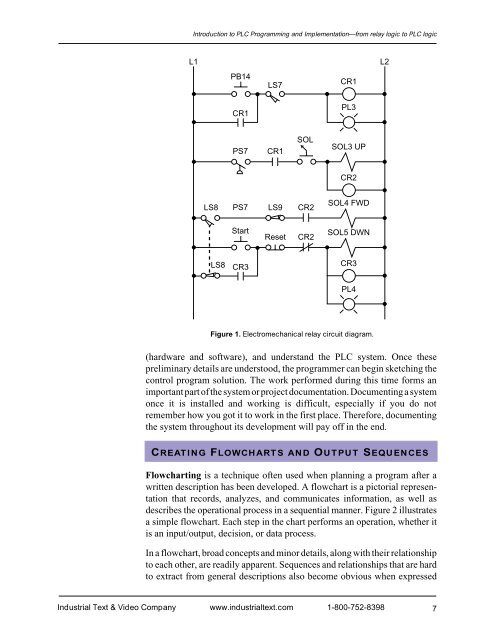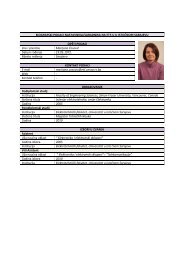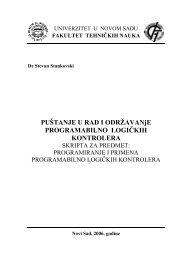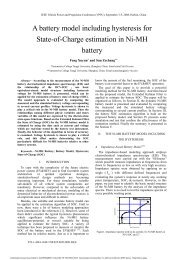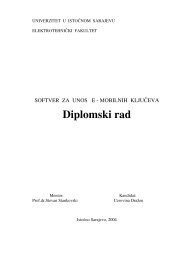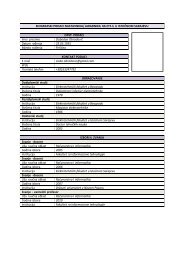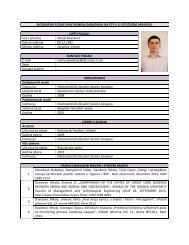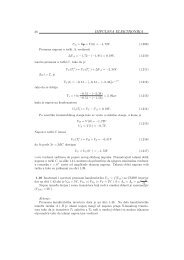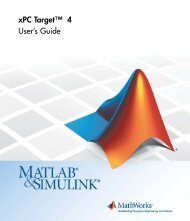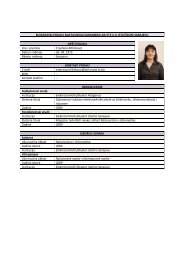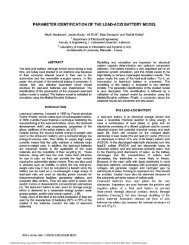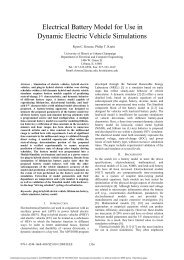Programmable Controllers: Theory and Implementation
Programmable Controllers: Theory and Implementation
Programmable Controllers: Theory and Implementation
- No tags were found...
Create successful ePaper yourself
Turn your PDF publications into a flip-book with our unique Google optimized e-Paper software.
Introduction to PLC Programming <strong>and</strong> <strong>Implementation</strong>—from relay logic to PLC logicL1L2PB14LS7CR1CR1PL3PS7CR1SOLSOL3 UPCR2LS8PS7LS9CR2SOL4 FWDStartResetCR2SOL5 DWNLS8CR3CR3PL4Figure 1. Electromechanical relay circuit diagram.(hardware <strong>and</strong> software), <strong>and</strong> underst<strong>and</strong> the PLC system. Once thesepreliminary details are understood, the programmer can begin sketching thecontrol program solution. The work performed during this time forms animportant part of the system or project documentation. Documenting a systemonce it is installed <strong>and</strong> working is difficult, especially if you do notremember how you got it to work in the first place. Therefore, documentingthe system throughout its development will pay off in the end.CREATING FLOWCHARTS AND OUTPUT SEQUENCESFlowcharting is a technique often used when planning a program after awritten description has been developed. A flowchart is a pictorial representationthat records, analyzes, <strong>and</strong> communicates information, as well asdescribes the operational process in a sequential manner. Figure 2 illustratesa simple flowchart. Each step in the chart performs an operation, whether itis an input/output, decision, or data process.In a flowchart, broad concepts <strong>and</strong> minor details, along with their relationshipto each other, are readily apparent. Sequences <strong>and</strong> relationships that are hardto extract from general descriptions also become obvious when expressedIndustrial Text & Video Company www.industrialtext.com 1-800-752-83987


